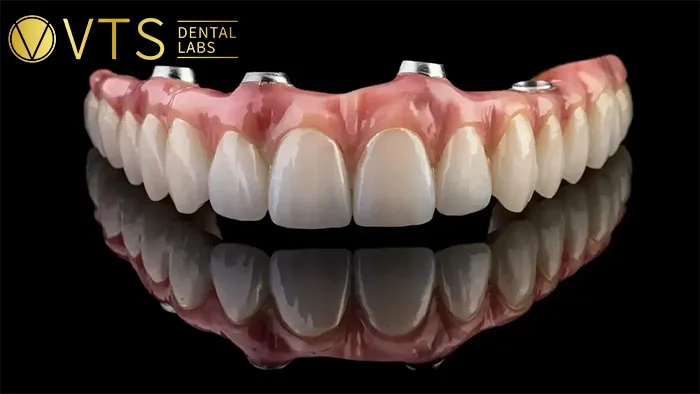
Removable partial dentures are a well-established prosthetic solution, yet they involve a high level of complexity. The selection of materials, design, and fabrication techniques impacts aesthetics and directly affects mastication, speech function, and overall oral health.
This article explores the technical aspects of RPDs, offering dentists essential insights to make informed decisions and optimize patient treatment outcomes.
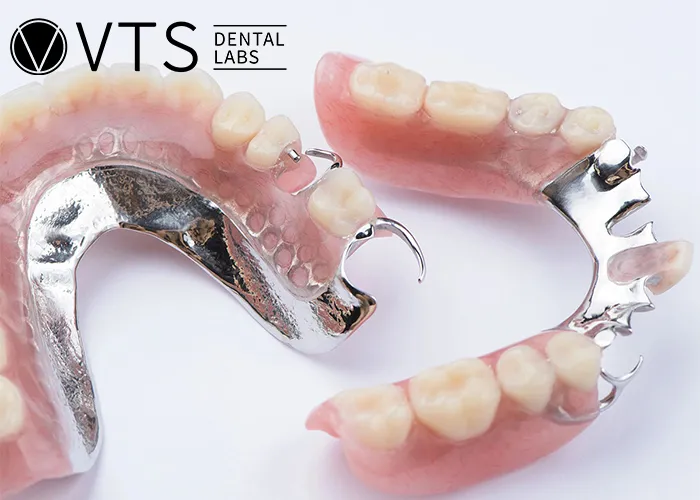
A removable partial denture is a prosthetic device designed to replace one or more missing teeth in a dental arch. Unlike fixed prostheses such as dental bridges or implants, RPDs can be easily removed and reinserted, offering maintenance and oral hygiene flexibility.
Despite their relatively simple design, RPDs must ensure both functional efficiency and aesthetic appeal. They typically consist of the following components:
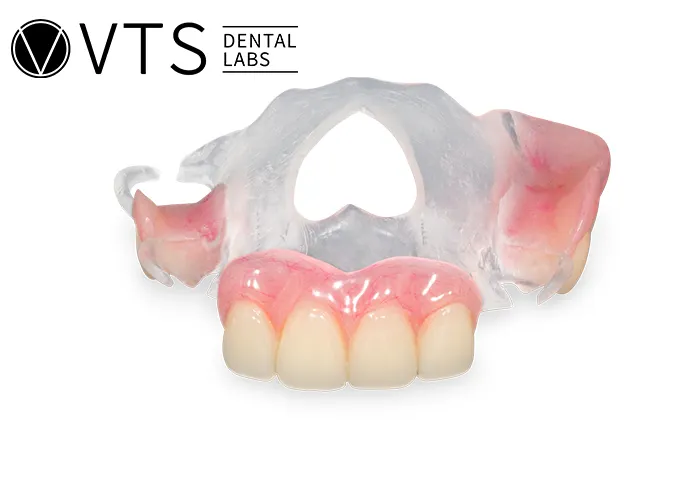
The denture base serves as the foundation of the prosthesis, supporting the artificial teeth and adapting to the patient’s soft tissues. This base is commonly fabricated from acrylic resin or metal.
Acrylic is cost-effective, easily adjustable, and commonly used for temporary or interim dentures. However, it is less durable than metal bases. Metal has superiority in strength, durability, and load distribution. It is thinner and more comfortable than acrylic bases but comes at a higher cost.
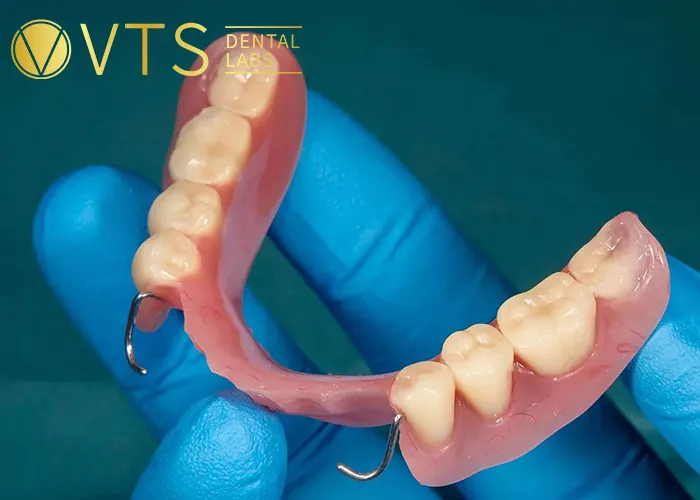
The framework of a Removable Partial Denture is crucial for retention, stability, and force distribution during mastication. The two primary materials used include:
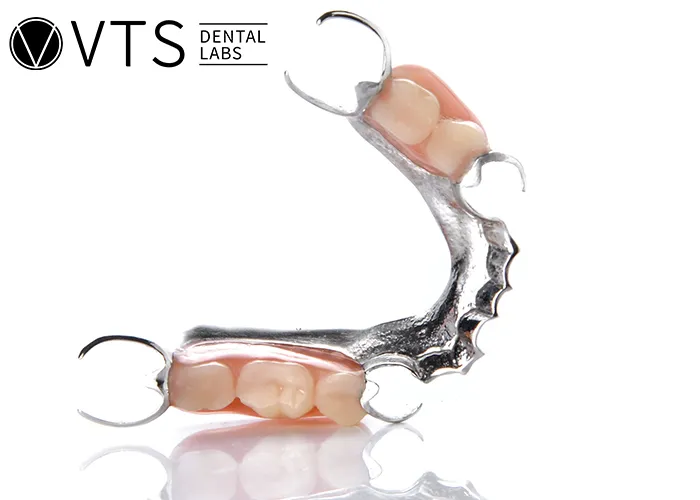
Artificial teeth in removable partial dentures serve both functional and cosmetic purposes and are commonly fabricated from:
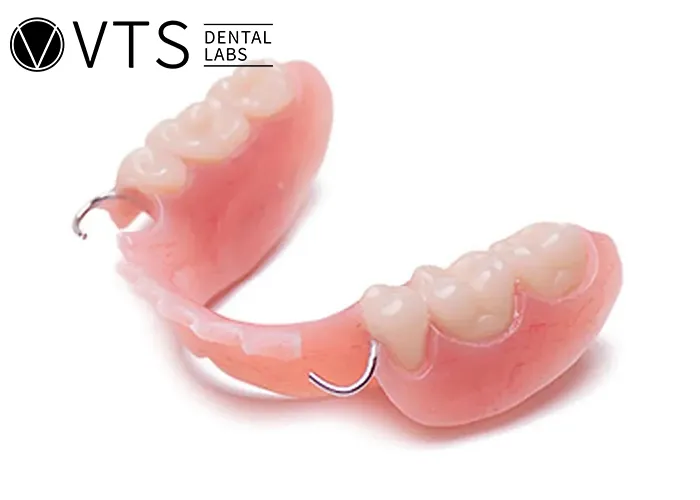
Clasps play a vital role in securing the prosthesis to the abutment teeth. The two primary types of clasps include:
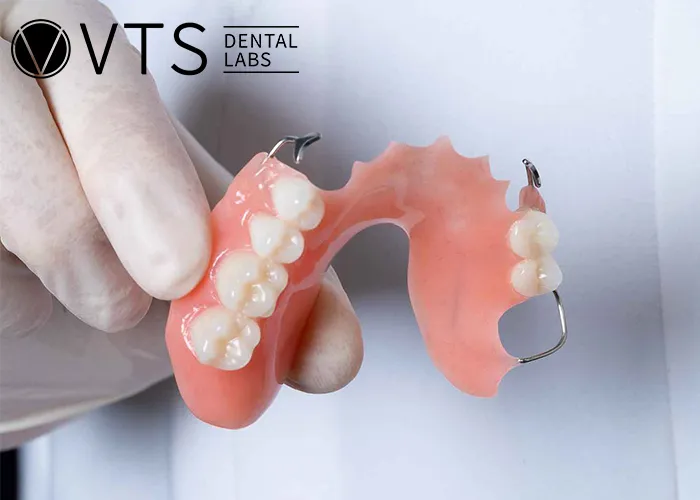
Flexible removable partial dentures are made from flexible nylon materials such as Valplast®, providing a soft and comfortable fit that closely adapts to the natural contours of the gums. One of the standout advantages of this type of denture is the absence of metal clasps. Instead, the flexible base conforms and grips onto the supporting teeth, significantly enhancing aesthetics.
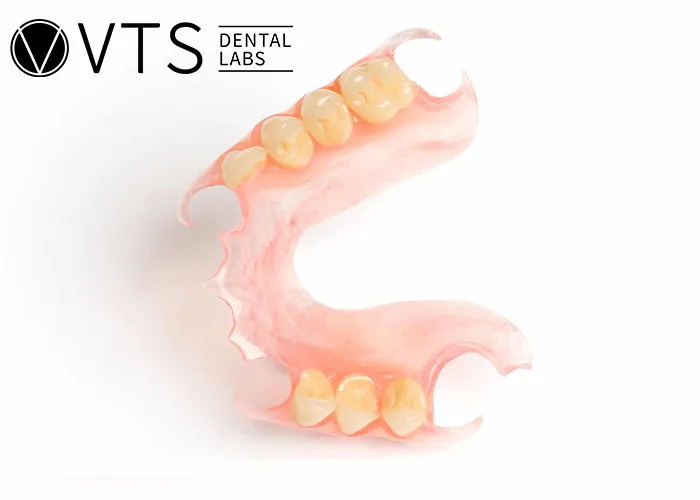
However, its retention is not as strong as that of metal frameworks, and over time, it may become loose. Additionally, flexible RPDs are difficult to repair or modify if the patient loses additional teeth or experiences changes in their alveolar ridge. Therefore, this option is best suited for patients prioritizing aesthetics and requiring only moderate chewing force.
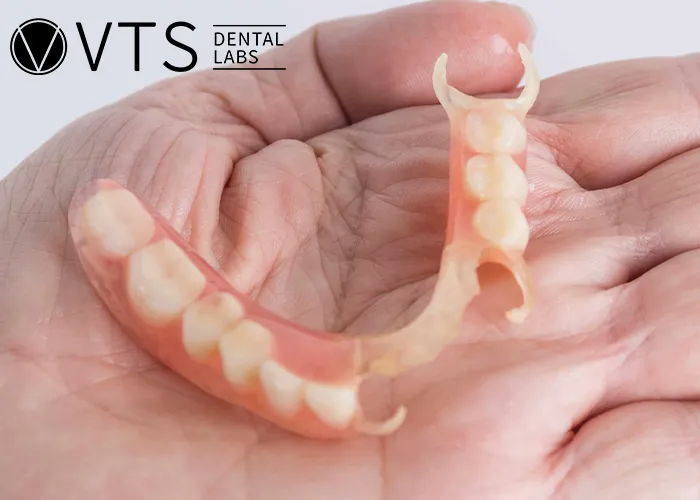
This is the most commonly used type of RPD, featuring a framework made from Cobalt-Chromium or Titanium alloys. Due to the material’s properties, these dentures offer exceptional durability and rigidity while maintaining a thin profile for patient comfort.
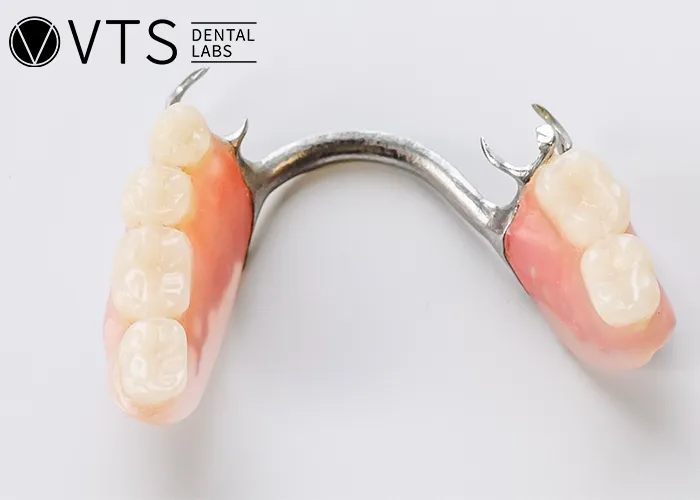
A significant advantage of cast metal RPDs is their superior force distribution, reducing stress on the soft tissues and preventing alveolar bone resorption. These dentures are stabilized by metal clasps that grip onto abutment teeth, ensuring reliable retention during mastication. However, the visibility of metal clasps can be a drawback for patients concerned about aesthetics.
Cast metal RPDs are ideal for those who prioritize strength and chewing efficiency over cosmetic considerations. Additionally, the metal framework allows for easier adjustments and repairs, extending the denture’s lifespan.
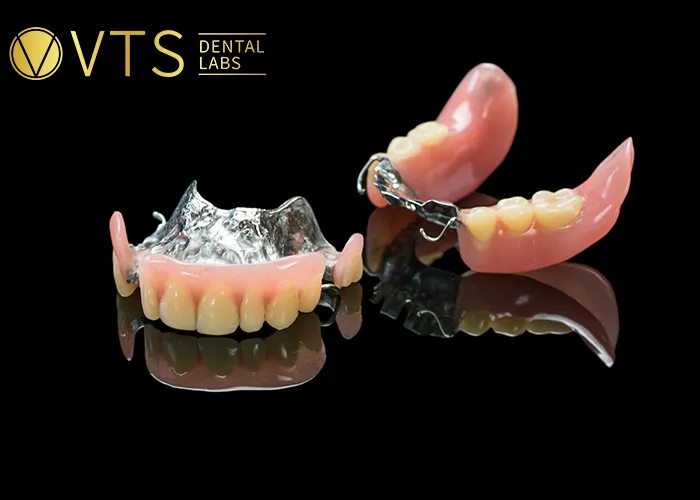
Acrylic RPDs are the simplest type, consisting of a rigid acrylic base supporting artificial teeth, typically retained using basic metal clasps. This is the most cost-effective option and is often prescribed as a temporary prosthesis before transitioning to fixed restorations or more durable RPDs.
While affordable, acrylic RPDs have notable drawbacks, including fragility if made too thin, lower durability, and less effective force distribution compared to metal-based RPDs. Due to these limitations, acrylic RPDs are best suited for temporary use rather than a long-term prosthetic solution.
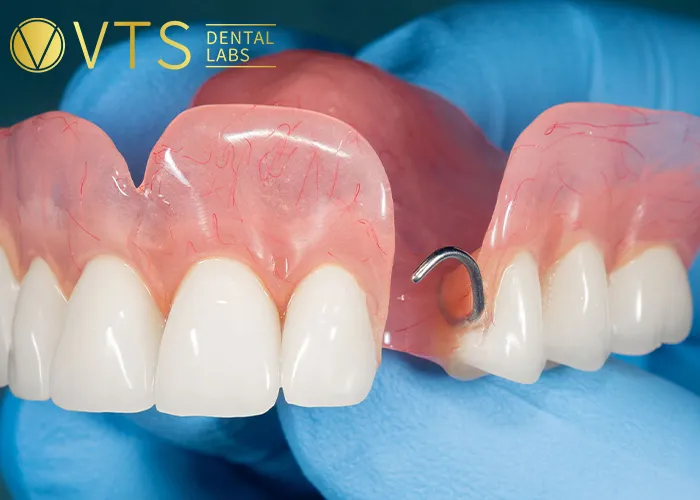
The CAD/CAM technology-based fabrication process for removable partial dentures offers superior precision and aesthetics compared to traditional methods. Below are the detailed steps involved:
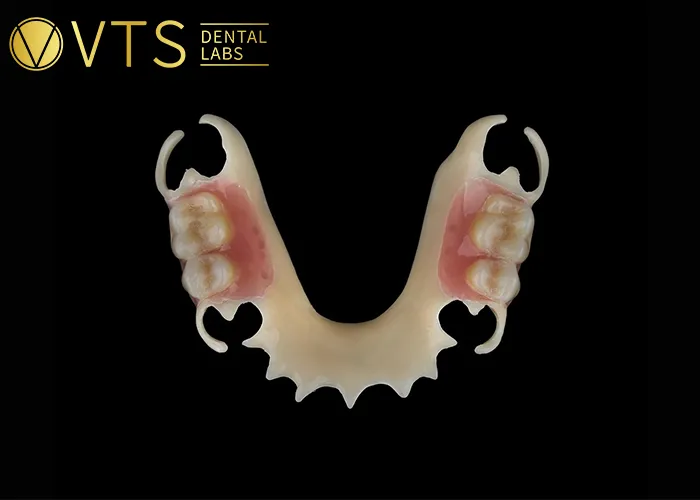
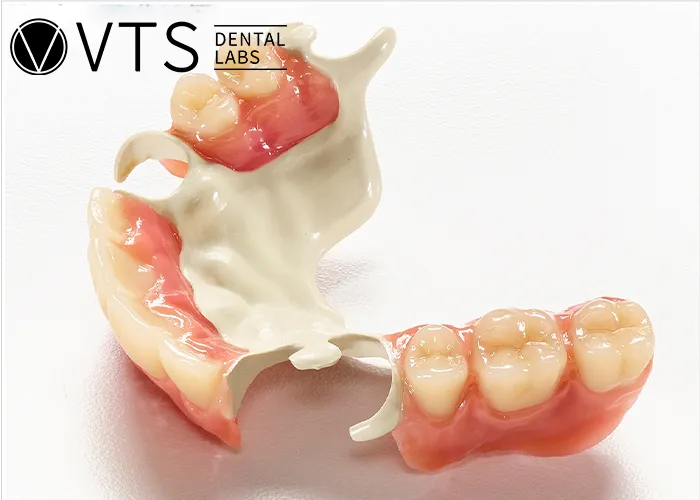
Selecting the appropriate denture base material, framework, artificial teeth, and retention clasps is crucial in optimizing the long-term success of removable partial dentures. By making informed recommendations, dentists can enhance treatment outcomes and patient satisfaction.
If you are looking for a dental lab that offers high-quality and cost-effective prosthetic solutions, contact VTS today for expert consultation.
